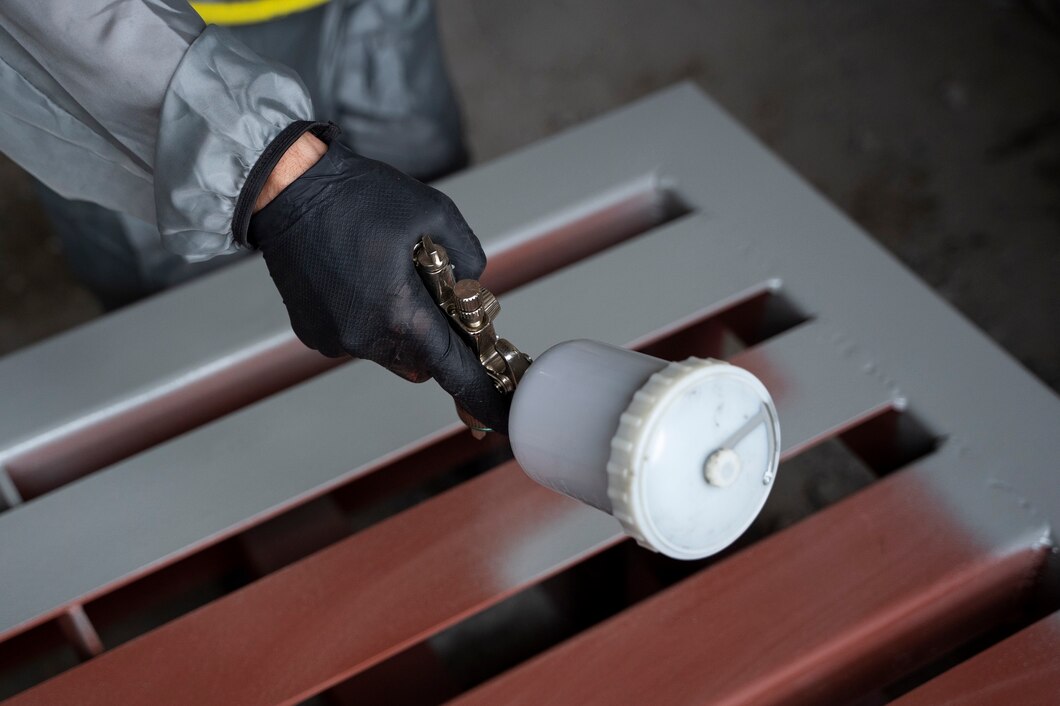What is Polyurethane?
Polyurethane is a versatile polymer composed of organic units joined by carbamate links. Its unique chemical structure enables it to take on a variety of forms, from soft and flexible foams used in cushions and mattresses to rigid plastics found in construction materials and insulating panels. This adaptability makes polyurethane an essential component across multiple industries, including automotive, furniture, and footwear.
One of the most fascinating aspects of polyurethane is its capacity for customization. By altering the ratio of its raw materials—polyols and diisocyanates—manufacturers can tailor its hardness or softness to meet specific needs. This property not only broadens the range of applications but also leads to innovative solutions for everyday products, such as water-resistant coatings that maintain elasticity without sacrificing durability. As sustainability becomes increasingly important, advancements in bio-based polyurethanes are gaining traction, offering an eco-friendlier alternative while still delivering performance comparable to conventional options.
Applications of Hard Polyurethane
Hard polyurethane, known for its exceptional durability and versatility, finds a myriad of applications across various industries. One standout use is in the manufacturing of rigid foam insulation panels that enhance energy efficiency in buildings. These panels not only provide superior thermal insulation but also contribute significantly to reducing energy costs over time. In the automotive sector, hard polyurethane components are increasingly utilized for their lightweight yet robust nature, leading to fuel savings and improved vehicle performance.
Applications of Soft Polyurethane
Soft polyurethane is a versatile material that has found its way into various applications due to its unique characteristics, blending flexibility with durability. One of the most fascinating uses lies in the field of consumer products, such as cushioning in furniture and automotive seats. This foam not only enhances comfort but also contributes significantly to ergonomic design, providing support where it’s needed most while still maintaining a lightweight profile.
Additionally, soft polyurethane is making waves in the textile industry through coatings that enhance water resistance without compromising breathability. This adaptability extends to sports gear and activewear where moisture-wicking properties are crucial for performance without sacrificing comfort or freedom of movement. As new formulations emerge, we’re likely just scratching the surface of what this dynamic material can achieve across these diverse fields.
Comparing with Other Materials
When comparing polyurethane to more traditional materials like rubber, wood, or metal, its versatility truly shines. Unlike natural rubber, which can degrade under UV light or extreme temperatures, polyurethane maintains its integrity across various environmental conditions. This resilience makes it an ideal choice for applications ranging from cushioning in furniture to durable coatings on industrial surfaces. Moreover, while wood offers aesthetic appeal and warmth, it is susceptible to warping and pests; polyurethane provides a synthetic alternative that mimics some characteristics of wood without the maintenance headaches.
On the other hand, when positioned against rigid materials such as metals or ceramics, polyurethane’s unique flexibility becomes apparent. While metals offer unmatched strength and durability for structural applications, they often lack the comfort and shock-absorption capabilities that polyurethane delivers. This makes PU an excellent option for products that require both robustness and user comfort—think automotive interiors where the balance between safety features (often metallic) and passenger comfort (usually cushioned by foam) is paramount. Thus, understanding how polyurethane compares with these materials not only highlights its multipurpose nature but also opens up new avenues for innovation in product design across industries.
Conclusion: The Dual Nature of Polyurethane
In concluding our exploration of polyurethane’s dual nature, it’s vital to appreciate its adaptability. This remarkable material can seamlessly transition between softness and rigidity, offering unique functionalities that cater to diverse applications—from cushioning in shoes to structural components in construction. What truly sets polyurethane apart is its ability to be customized; varying the chemical composition allows manufacturers to fine-tune hardness and flexibility, pushing the boundaries of traditional materials.
Moreover, this dichotomy contributes not only to product performance but also influences sustainability initiatives within various industries. As businesses pivot toward eco-friendlier solutions, polyurethane emerges as a champion due to its durability and longevity, ultimately reducing waste associated with frequent replacements. Thus, embracing both sides of polyurethane not only enriches our material landscape but also prompts us to rethink how we approach design and innovation in an increasingly environmentally-conscious world.
